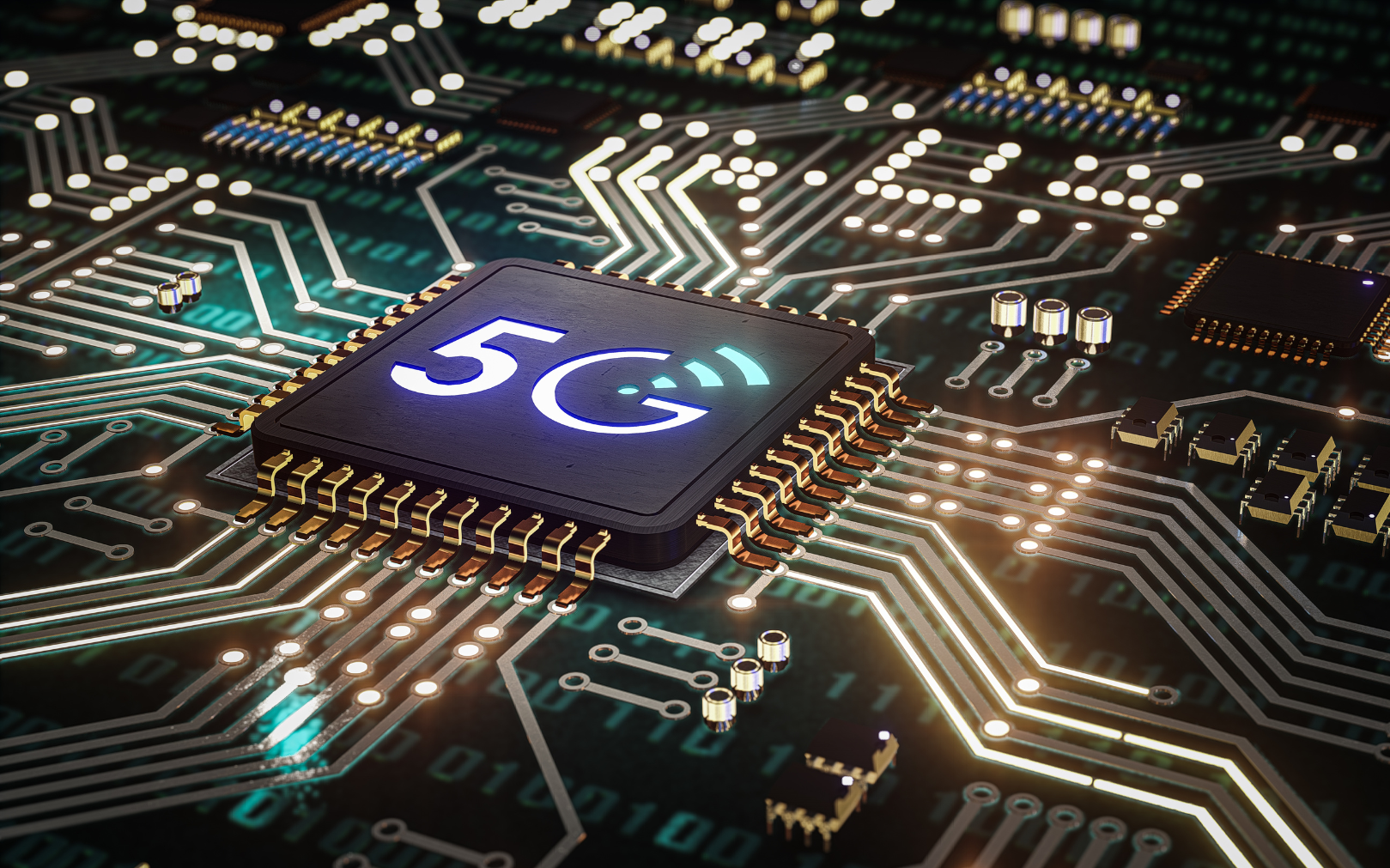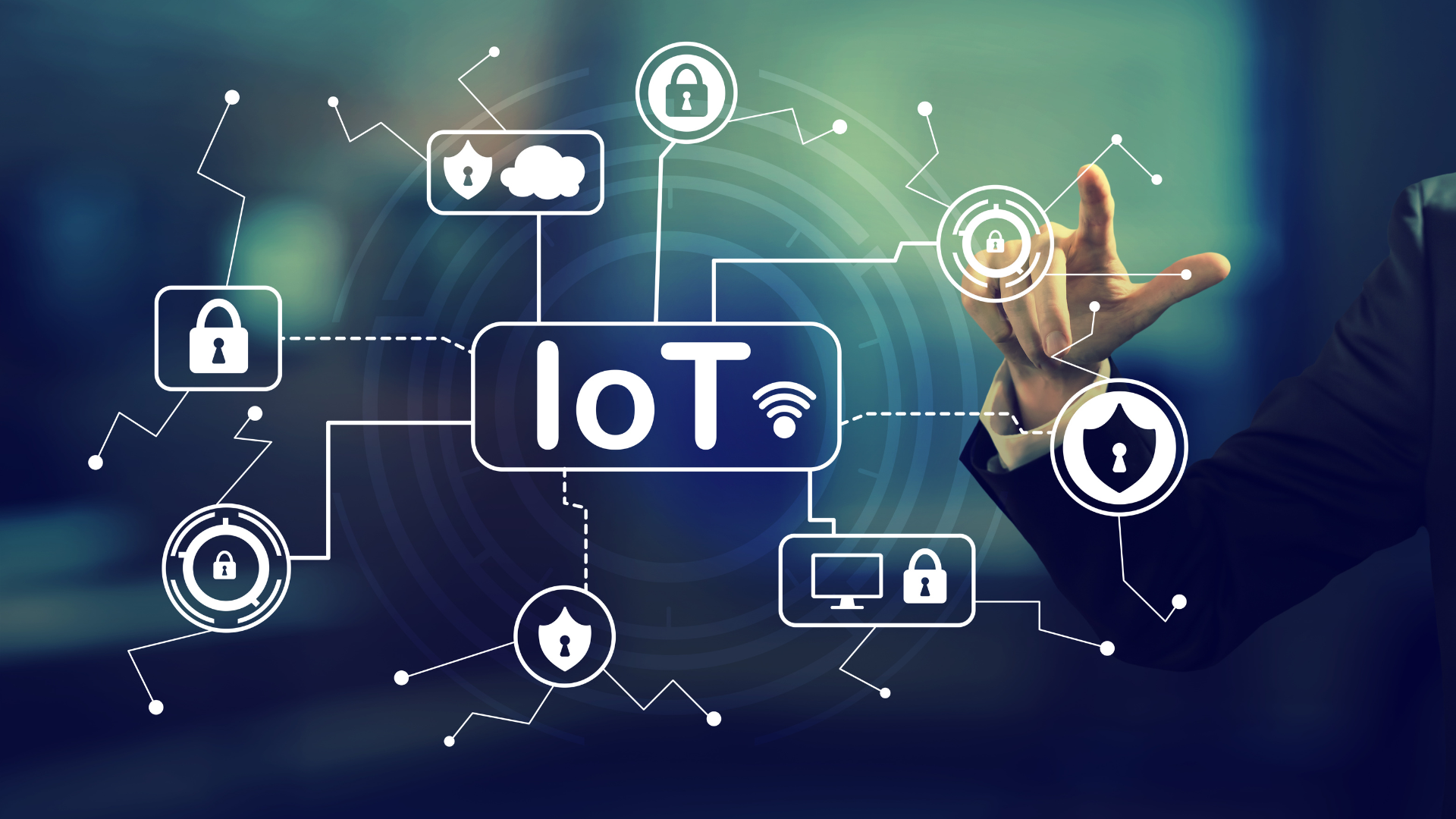Where IoT meets 5G
— 5G and IoT (Internet of Things) are two technologies that are closely related. What’s more, they are expected to work together to enable the next generation of communication networks and smart devices.

5G networks offer higher speeds, lower latency and greater capacity than previous generations of mobile networks, making them ideal for connecting large numbers of IoT devices. Low latency is crucial for many IoT-specific scenarios:
- There are scenarios in which autonomous vehicles will rely on wireless communication for real-time data processing and decision-making to ensure safe and efficient driving. Low latency is critical to enable communication between sensors and vehicle control systems, allowing the vehicle to respond quickly to changes in the environment.
- Similarly, in industrial automation, low latency is essential for precise control of machines and robots. In a factory, for example, low-latency communication between machines can help to ensure that manufacturing processes runs smoothly and efficiently.
- In healthcare, low latency can be critical for monitoring patients and emergency response. For example, in a hospital, IoT devices can be used to monitor patients’ vital signs and alert medical staff on any changes in real time.
In number of scenarios the combination of 5G and IoT could be a game-changer. One could wonder what technology stack is required to implement such scenarios in practice? The technical stack for 5G IoT includes several layers of technologies and protocols that work together to enable the deployment of IoT devices and applications on 5G networks. Here are some of the key elements needed:
- Edge layer and data acquisition – 5G IoT hardware components include the IoT devices themselves, such as sensors and controllers. These devices must be optimized for 5G networks, have low power consumption and support 5G communication protocols.
- 5G network infrastructure – 5G networks require quite a bit of infrastructure. To support IoT scenarios, this infrastructure must be optimized to support the huge number of IoT devices to be connected to the network.
- Communication protocols software – The communication protocols used in 5G IoT are crucial to enable efficient and reliable data transmission between IoT devices and the network. These protocols include 5G New Radio (NR) air interface and 5G core network.
- Data management and analytics: IoT devices generate huge amounts of data that must be collected, analyzed and stored. Data management and analytics technologies, including cloud computing and big data platforms, are essential for processing and analyzing IoT data for business analytics and intelligent decision-making.

- Security – 5G IoT security is critical for protecting IoT devices and all data they generate from cyber attacks and other security threats. 5G IoT security stack includes technologies such as encryption, authentication and access control to ensure the confidentiality, integrity and availability of IoT data.
Using 5G for IoT offers a number of benefits, including higher speeds, lower latency, higher capacity, energy efficiency and improved security. Leveraging these benefits makes it faster and easier to address the obstacles faced by IoT technology designers. These benefits can also enable the deployment of new and advanced IoT applications and services, driving innovation and improving performance across a range of industries and environments.
read more
From Spark to Shift X Softgent & CLARA: Network, Panel, & Workshop for Founders
From Spark to Shift X Softgent & CLARA: Network, Panel, & Workshop for Founders Join us for an evening of...
Read MoreSensor Fusion in IoT: Unlocking Ultra-Responsive, Low-Energy Networks with UWB Technology
Sensor Fusion in IoT: Unlocking Ultra-Responsive, Low-Energy Networks with UWB Technology In many modern IoT projects—especially those involving mobile or...
Read MoreSoftgent’s EMERGENT Wins Rynek Zdrowia’s Reader’s Choice Award
Softgent's EMERGENT Wins Rynek Zdrowia's Reader's Choice Award We are thrilled to announce that Softgent's innovative healthcare solution, EMERGENT, has...
Read MoreSoftgent Expands Quality Compliance with ISO/IEC 27001:2022 Certification
Softgent Expands Quality Compliance with ISO/IEC 27001:2022 Certification At Softgent, we are committed to maintaining the highest standards of quality...
Read More